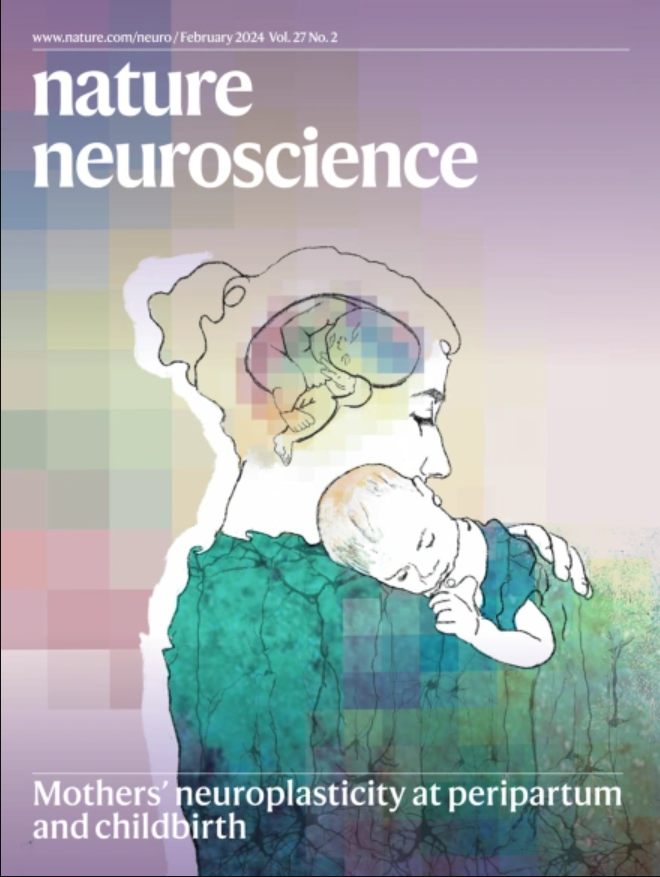用于个体和社会行为光遗传学研究的无线多边设备。
IF 20
1区 医学
Q1 NEUROSCIENCES
引用次数: 74
摘要
将光控制输送到生物组织中目标位置的先进技术对于将光遗传学应用于动物模型的神经科学研究至关重要。在这种情况下,具有无线控制和功率采集策略的完全植入式微型设备提供了一系列吸引人的特性,特别是对于与传统光纤方法或电池供电的云台不兼容的研究。有限的可编程控制和照明配置文件中的狭窄选项限制了现有设备的使用。本文报道的结果通过两个平台克服了这些缺点,这两个平台在头戴式和背戴式设计中都具有通过多个独立光源的实时用户可编程性。对这些系统的光电和热特性的工程研究确定了它们的能力和关键的设计考虑因素。神经科学应用表明,在内侧前额叶皮层中诱导脑间神经元同步,塑造了小鼠群体内的社会互动,突出了这里介绍的无线光遗传学平台的实时受试者特定可编程性的力量。本文章由计算机程序翻译,如有差异,请以英文原文为准。

Wireless multilateral devices for optogenetic studies of individual and social behaviors
Advanced technologies for controlled delivery of light to targeted locations in biological tissues are essential to neuroscience research that applies optogenetics in animal models. Fully implantable, miniaturized devices with wireless control and power-harvesting strategies offer an appealing set of attributes in this context, particularly for studies that are incompatible with conventional fiber-optic approaches or battery-powered head stages. Limited programmable control and narrow options in illumination profiles constrain the use of existing devices. The results reported here overcome these drawbacks via two platforms, both with real-time user programmability over multiple independent light sources, in head-mounted and back-mounted designs. Engineering studies of the optoelectronic and thermal properties of these systems define their capabilities and key design considerations. Neuroscience applications demonstrate that induction of interbrain neuronal synchrony in the medial prefrontal cortex shapes social interaction within groups of mice, highlighting the power of real-time subject-specific programmability of the wireless optogenetic platforms introduced here. The authors introduce advanced technology for controlled wireless light delivery in optogenetics applications with real-time user programming capacity. The utility of the platform is highlighted by induction of neural synchrony to modify social behavior in mice.
求助全文
通过发布文献求助,成功后即可免费获取论文全文。
去求助
来源期刊

Nature neuroscience
医学-神经科学
CiteScore
38.60
自引率
1.20%
发文量
212
审稿时长
1 months
期刊介绍:
Nature Neuroscience, a multidisciplinary journal, publishes papers of the utmost quality and significance across all realms of neuroscience. The editors welcome contributions spanning molecular, cellular, systems, and cognitive neuroscience, along with psychophysics, computational modeling, and nervous system disorders. While no area is off-limits, studies offering fundamental insights into nervous system function receive priority.
The journal offers high visibility to both readers and authors, fostering interdisciplinary communication and accessibility to a broad audience. It maintains high standards of copy editing and production, rigorous peer review, rapid publication, and operates independently from academic societies and other vested interests.
In addition to primary research, Nature Neuroscience features news and views, reviews, editorials, commentaries, perspectives, book reviews, and correspondence, aiming to serve as the voice of the global neuroscience community.
 求助内容:
求助内容: 应助结果提醒方式:
应助结果提醒方式:


